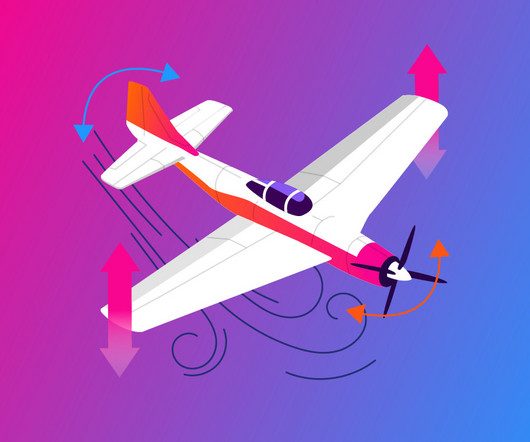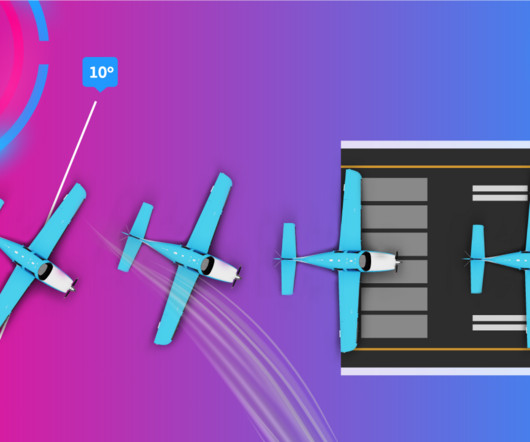Everything You Need To Know About Ailerons
Pilot Institute
FEBRUARY 20, 2025
These control surfaces dictate the aircraft’s roll, and this allows it to bank smoothly through turns or even recover from turbulence. Adverse yaw is a side effect of aileron use, countered by rudder input. This shifts the ailerons Center of Gravity (C.G.) This is where the rudder comes in.











Let's personalize your content